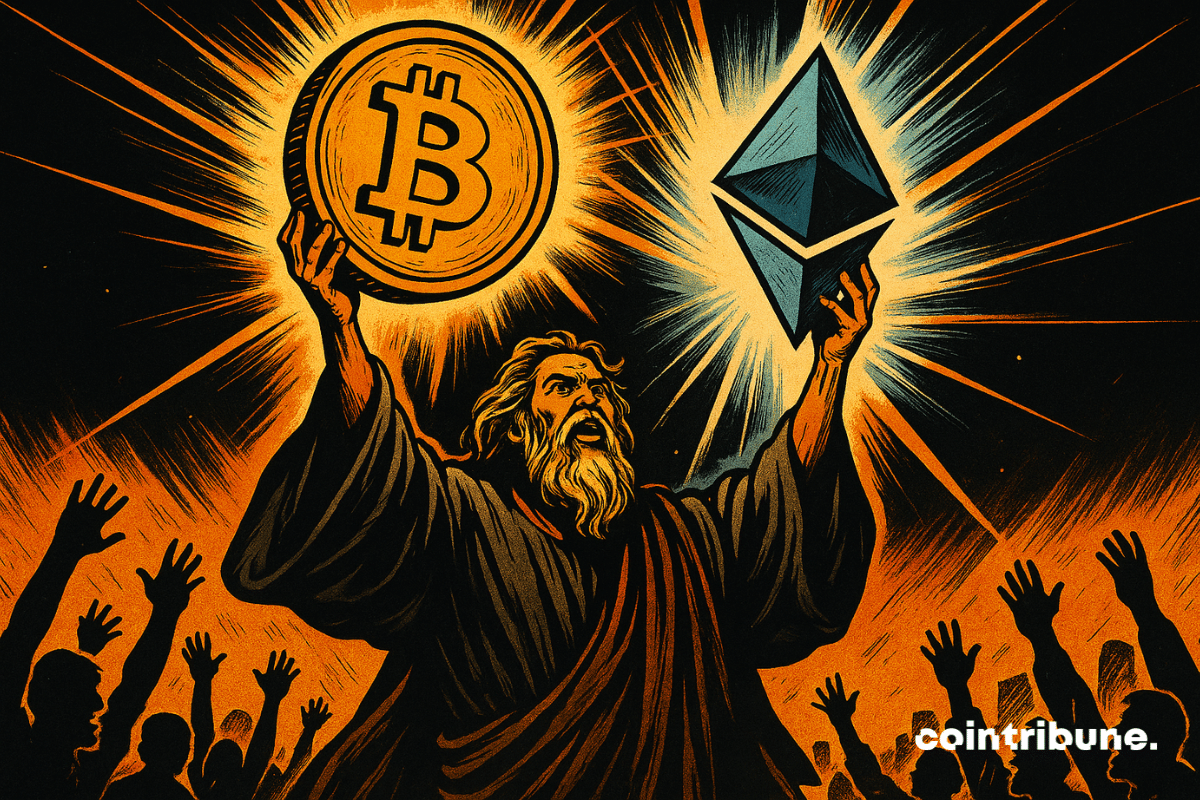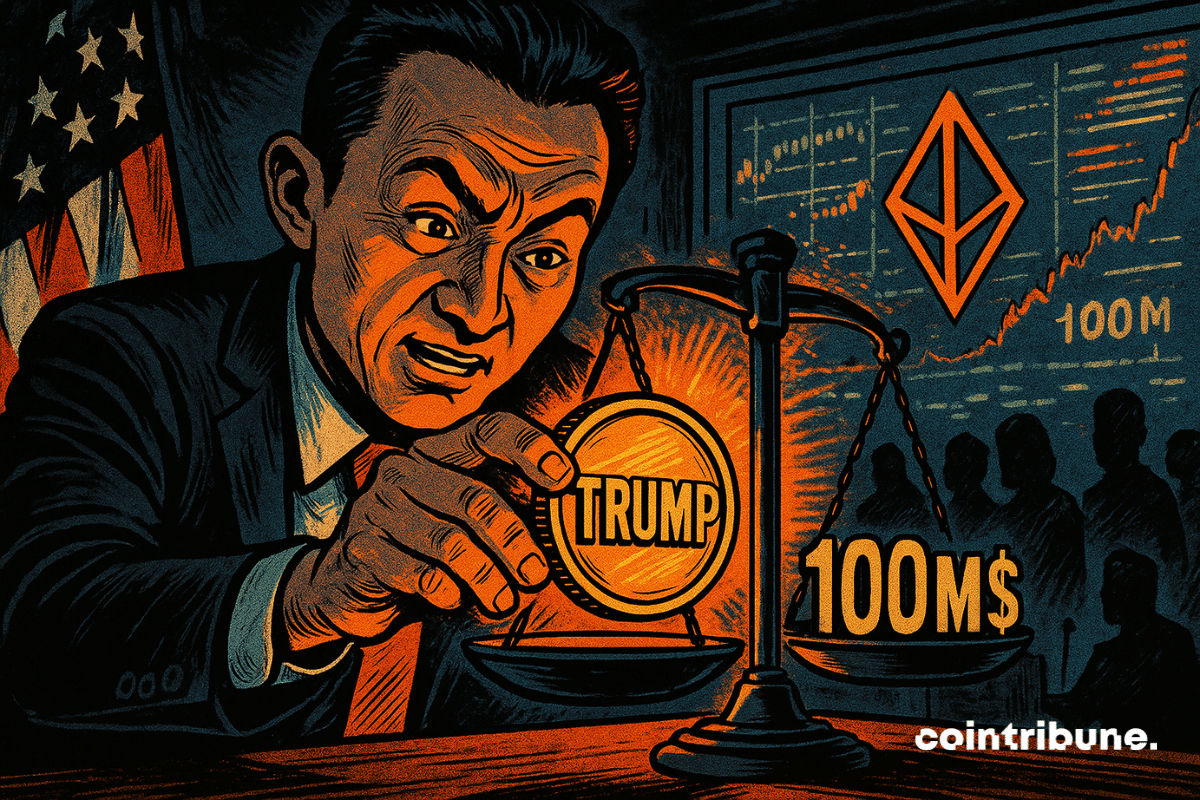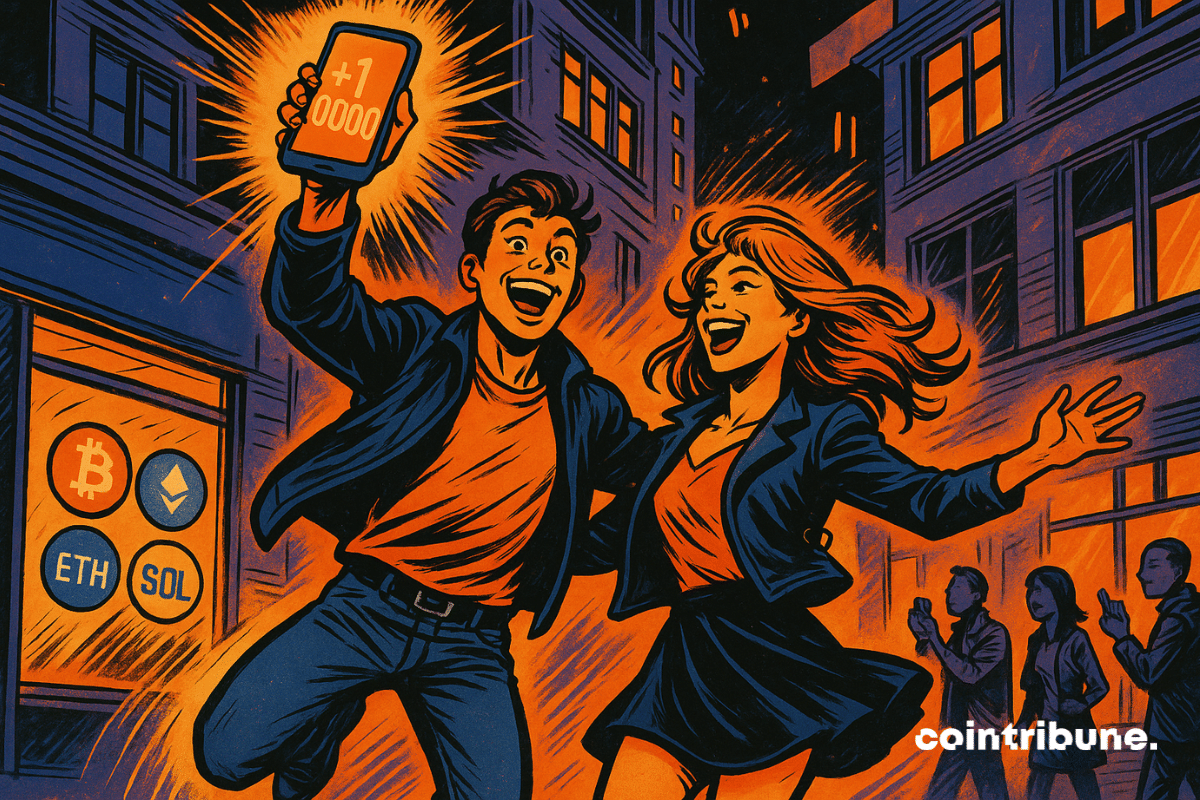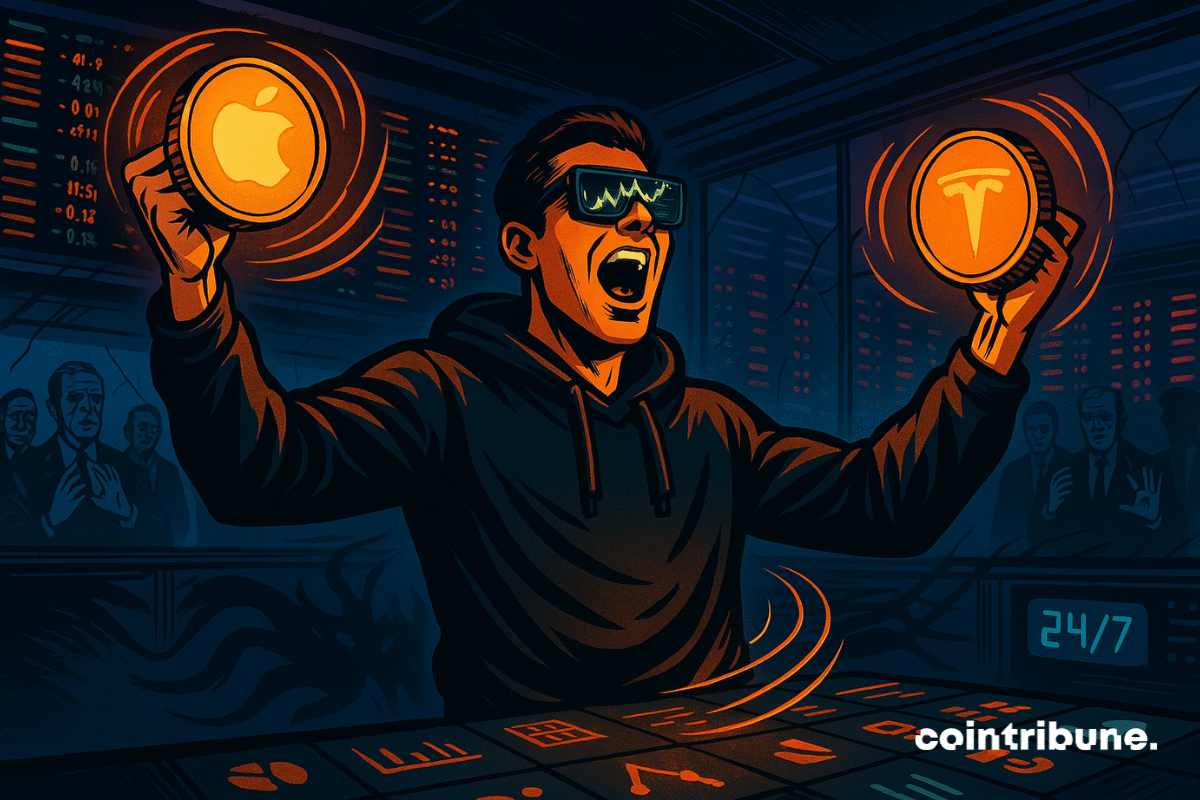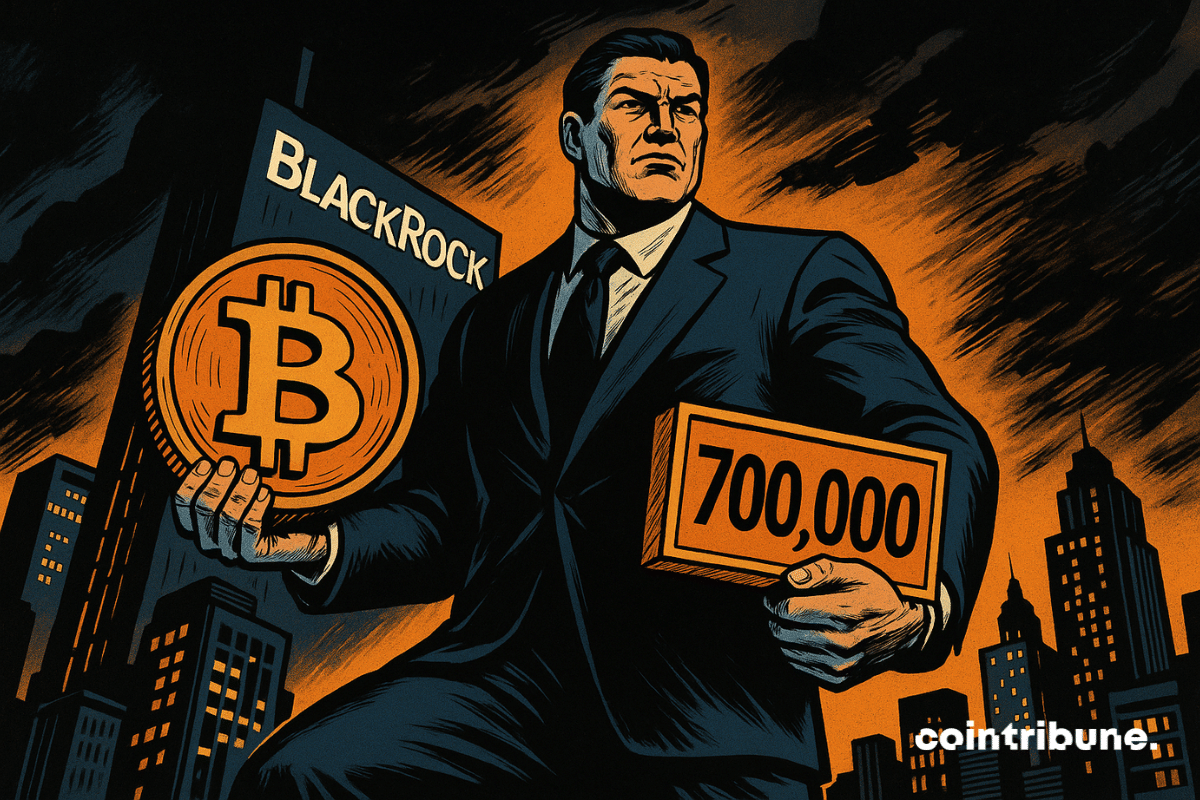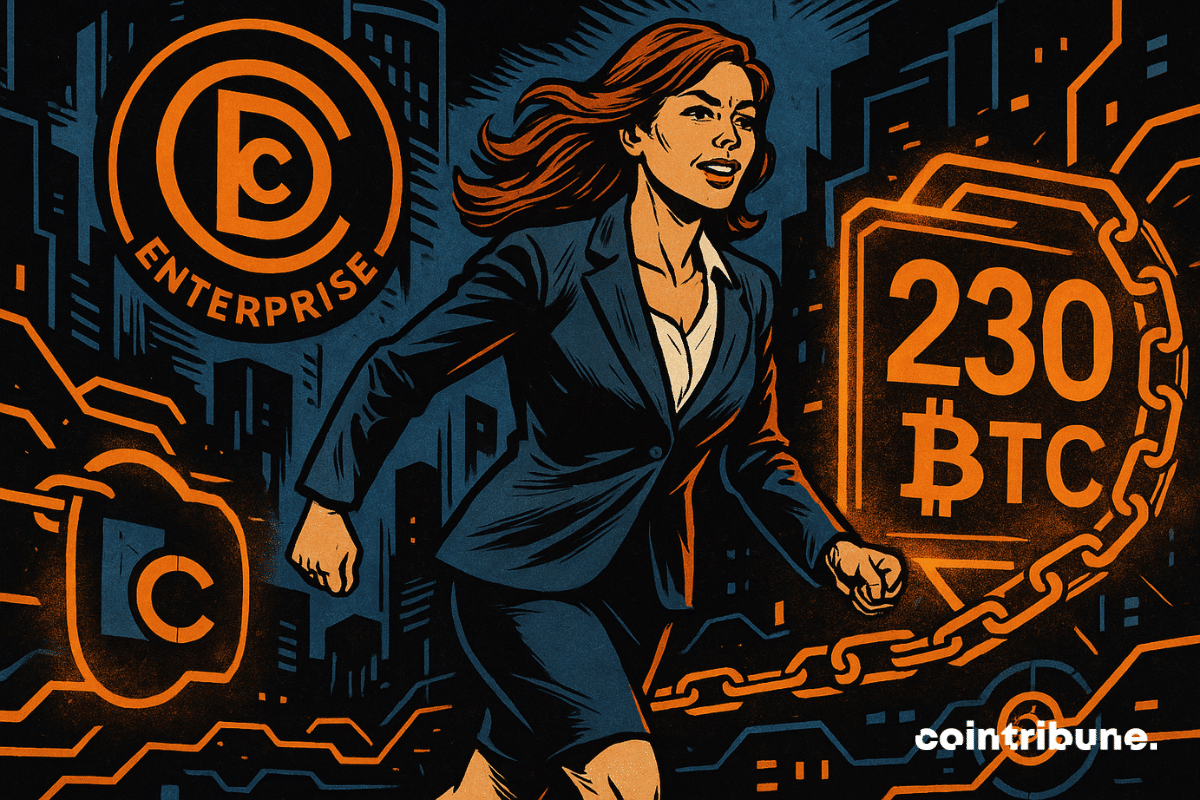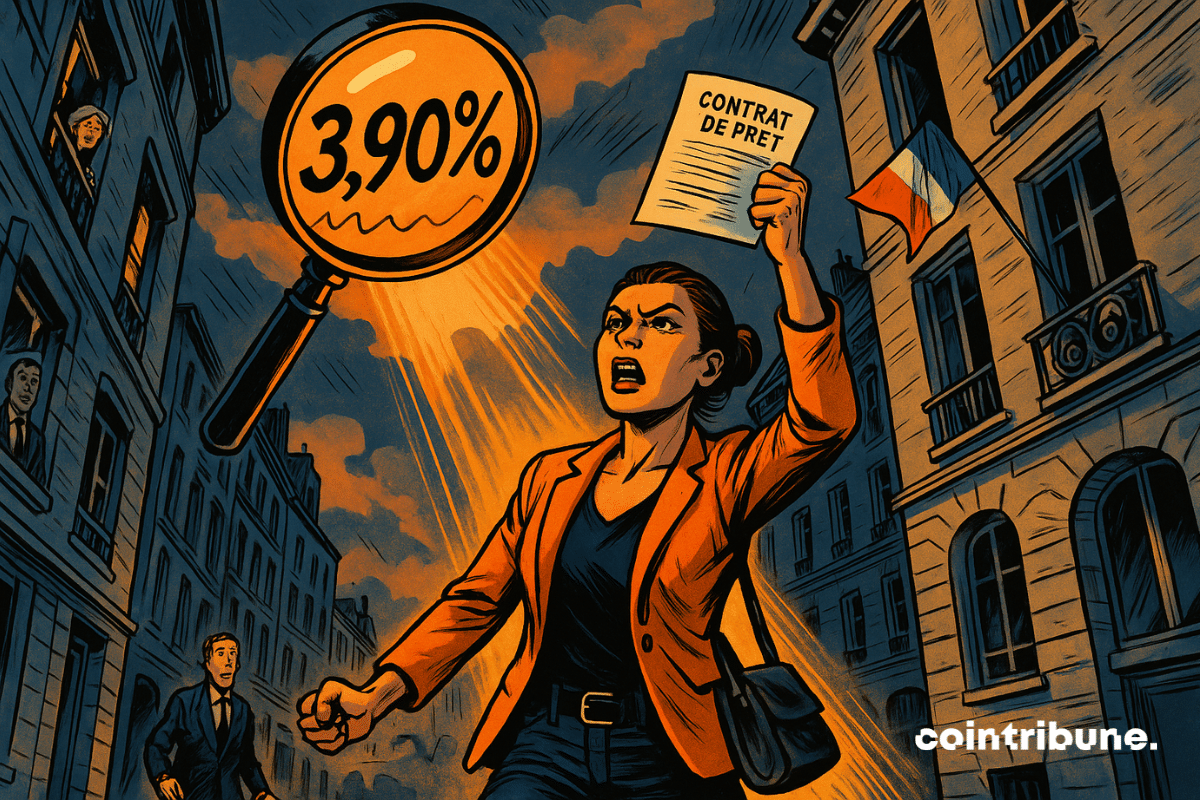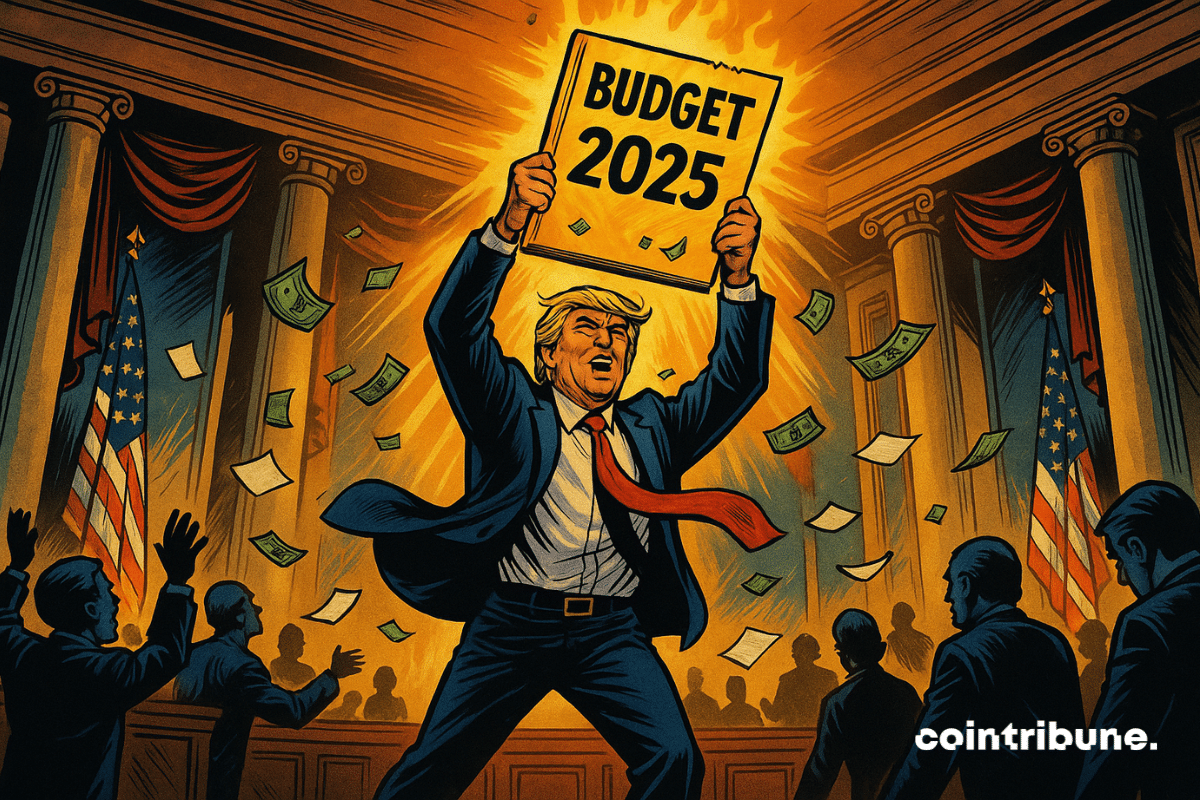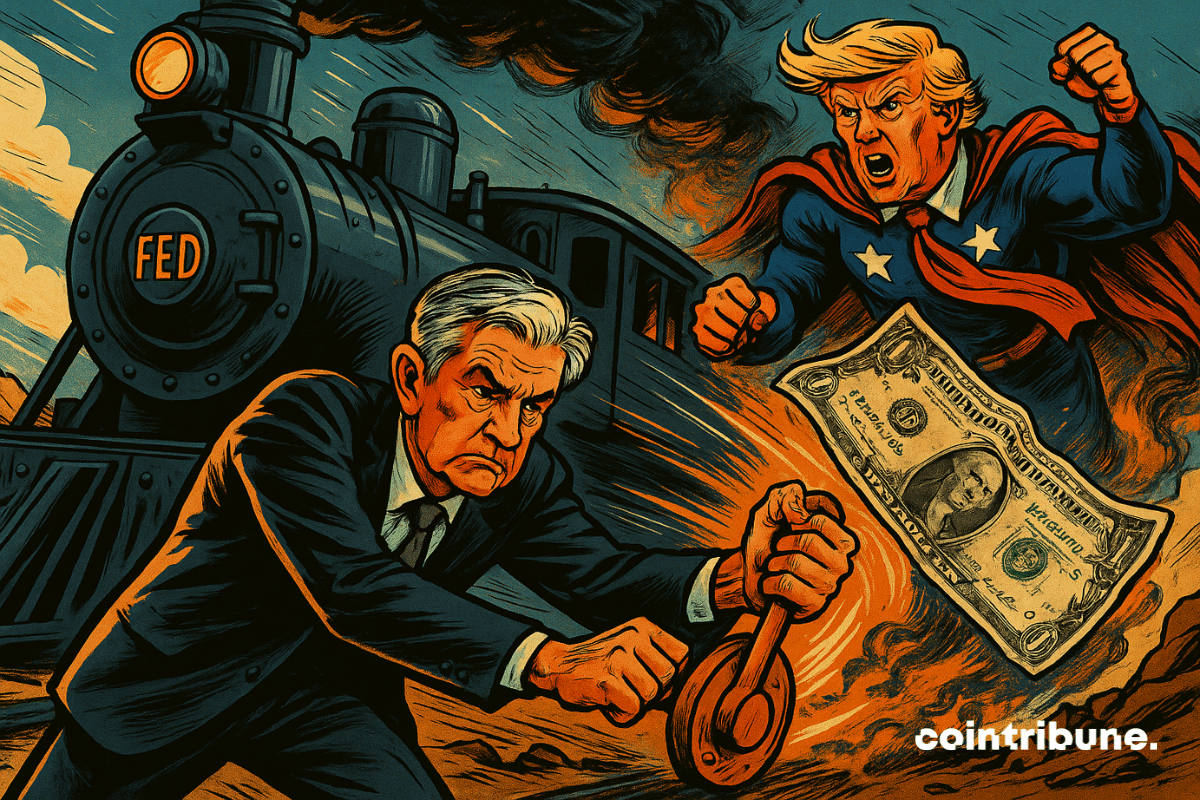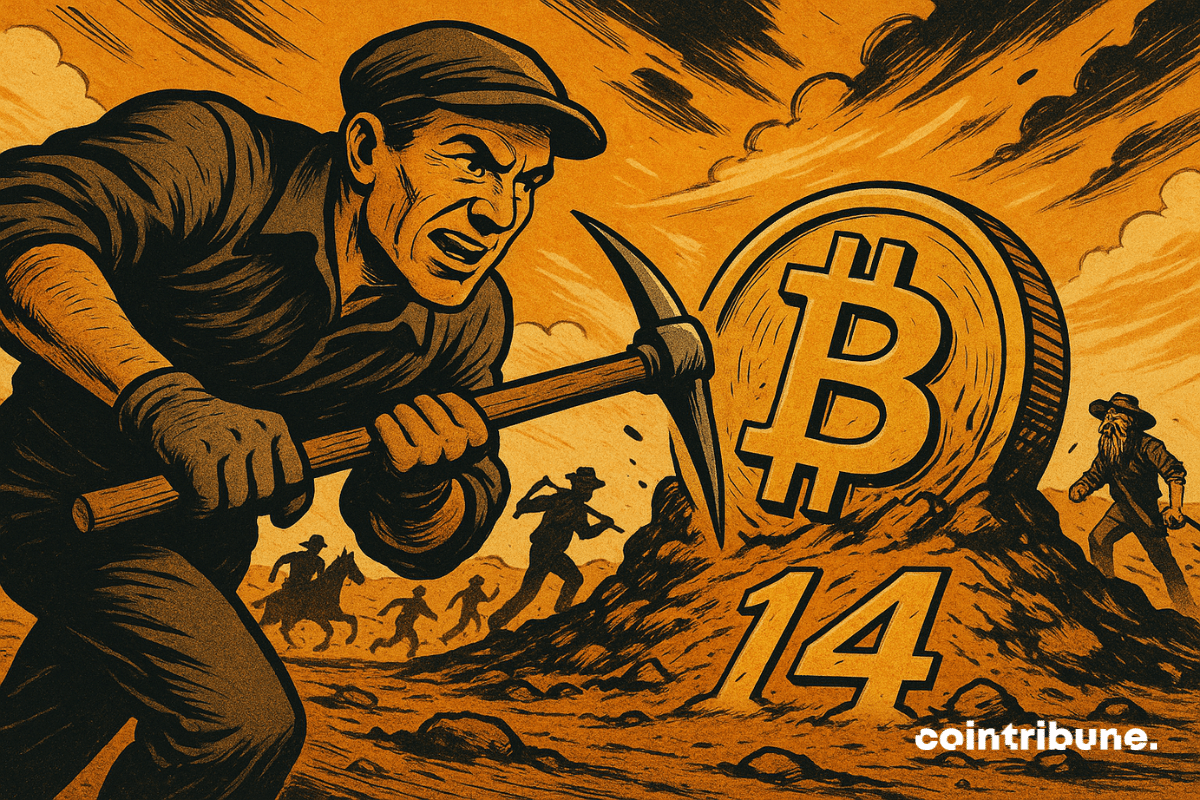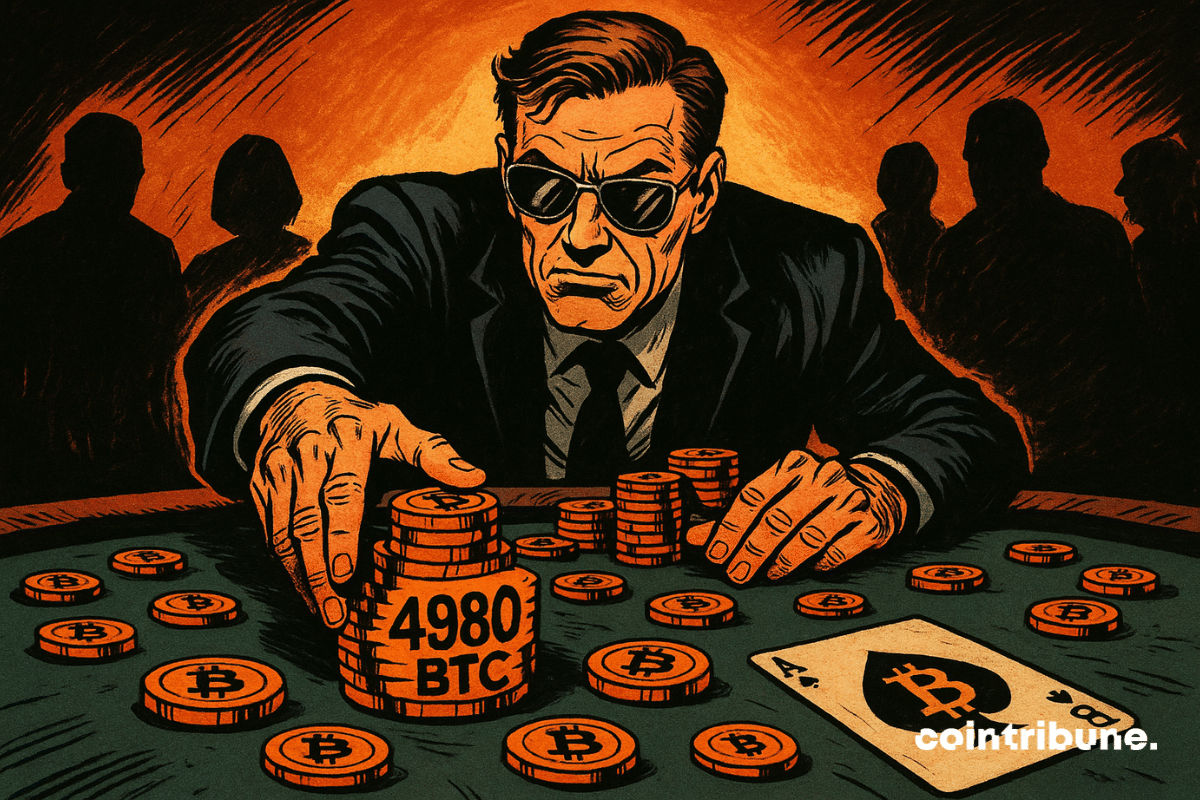When ETFs fill up like broken pockets and bitcoin breaks through the ceiling, traditional markets wonder: have cryptos become acceptable to the suit-and-tie crowd?
Investissement
The founder of Tron announces a purchase of 100 million dollars in TRUMP memecoins. This is not a risky bet. It is a political maneuver and a clear message sent to the crypto ecosystem.
While crypto ETFs are hitting record highs, volumes are evaporating. Blackrock and Fidelity are leading the influx, but the market seems to be holding its breath. Boom on the surface, empty underneath?
Crypto venture capital, once thought to be on the brink of collapse, is making a spectacular comeback. In the second quarter of this year, over $10 billion flowed into the ecosystem, a level not seen since the peak in early 2022. In just three months, investors have rejuvenated a market that was considered frozen, reaffirming their appetite for blockchain innovation.
What if finance was no longer a privilege reserved for those who know the market hours and the workings of traditional banks? Kraken shakes up the codes with xStocks, an innovation that allows users to hold tokenized American shares on the Solana blockchain. No more waiting for the opening of Wall Street or hidden fees: investment becomes fluid, fractional, programmable, and compliant with regulations. With BackedFi as a regulatory anchor, Kraken opens a new path that combines financial discipline and technological freedom. A new era begins for those who want to grow their wealth according to their own rules.
Larry Fink endorses bitcoins faster than miners can produce them. While staking is making its appearance, the ETF is turning BTC into a nice, juicy pawn.
When an Asian soup brand turns into a bitcoin vault... DDC buys, cashes in, and starts over: 368 BTC later, the markets are hungry for a new model.
The drop in mortgage rates marks an unexpected pause. While the market was beginning to restart, the curves are freezing, diverging from forecasts. This turnaround intrigues both buyers and investors, caught between hopes and uncertainties. Why are rates no longer falling, despite a more flexible monetary context? This blockage raises questions about the financing dynamics in France and reveals deeper tensions, at the very moment when real estate is trying to emerge from its stagnation.
On the eve of July 4th, the U.S. Congress passed one of the most radical budget texts of the modern era. Championed by Donald Trump, this law reshapes America's economic priorities with massive tax cuts, social spending reductions, and a sharply rising debt. The vote, secured despite Republican fractures, marks a strategic turning point in the post-Biden era. More than just a budget, it is a political declaration that reshuffles the cards of power and reignites ideological tensions in Washington.
While the stock market progresses timidly, it is the dollar that falters, weakened by the dual pressure of the new trade taxes imposed by Donald Trump and the ongoing hesitation of the Federal Reserve. In this tense atmosphere, investors oscillate between the quest for yield and the caution dictated by the surrounding instability. The apparent calm conceals a palpable nervousness: that of a market that knows that everything can tip at the slightest jolt.
When bitcoin ETFs are making numbers like never before, investors are jigging while Wall Street rediscovers crypto, their eyes fixed on curves that rise steadily.
While the markets hesitate, Saylor is accumulating bitcoins by the thousands. Another 4,980 units? At this rate, it's the FED that will end up calling him.
